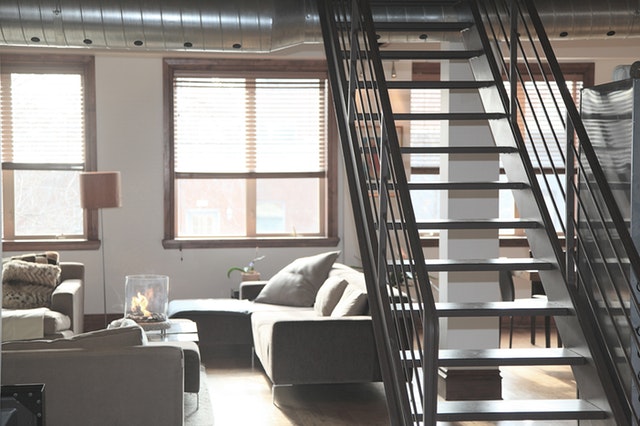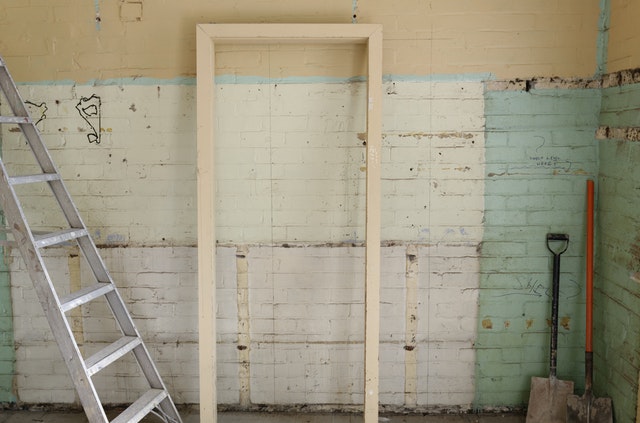 Think green home design is a fad? Well, think again. Sustainable home designs are gaining popularity at a breakneck speed. In 2017, green homes accounted for more than 60 percent of family home builder’s portfolios, according to a survey conducted by the National Association of Home Builders.
Think green home design is a fad? Well, think again. Sustainable home designs are gaining popularity at a breakneck speed. In 2017, green homes accounted for more than 60 percent of family home builder’s portfolios, according to a survey conducted by the National Association of Home Builders.
But what is really driving green home designs? In this post, we explore five trends shaping sustainable homes.
1. Energy Efficiency
Home designs that cater to consumers’ need to reduce utility bills continue taking center stage. From net-zero energy homes to energy conserving products, home buyers want to save money. Moving forward, industry experts predict that ultra-efficient building designs like net-zero-energy or passive home designs will continue dominating the industry.
2. Health
Most home buyers are more aware of the dangers of chemicals than before. As such, most of them are seeking non-toxic interior products.
The manufacturing industry trend is leaning towards healthier materials. As the demand rises and prices stabilize, these products are more likely to be game changers. Most home designs will probably focus on eliminating troublesome chemicals such as VOC paints and phthalate free flooring.
3. Home Performance And Monitoring
Home energy audits are major factors considered by consumers, and home performance is key. Some cities like Austin expect new homes to undergo performance tests before recommendation for resale.
Energy software programs allow home builders and remodelers to monitor how slight changes in home designs can save thousands of dollars in utility bills. Homeowners are also benefiting from energy monitoring devices to track their household energy consumption.
4. Water Efficiency
80 percent of American states anticipate water shortages in a few years, says a Government Accountability Office survey. Therefore, wise water usage is becoming crucial as consumers demand for water efficient homes. Most builders are already getting their homes HERS Rated as consumers look for ways to save dollars from rising water prices.
5. Biophilic Home Designs
Nature is beneficial to us biologically, physically and psychologically. However, in the last century, home designs separated us from nature. Today, biophilic designs (connected to nature) strive to reverse that by integrating nature into homes. Modern building can capture the sun’s movement using windows, architectural details and patterns, connecting us to the season, time of day and our inner biorhythms.
If any of these green trends are on your list of must-haves for your new home, be sure to tell your trusted real estate professional.
 Home price growth slowed to its lowest rate in 20 months according to the 20-City Home Price Index issued by Case-Shiller. After years of dismal readings, Las Vegas, Nevada led the cities included in the index.
Home price growth slowed to its lowest rate in 20 months according to the 20-City Home Price Index issued by Case-Shiller. After years of dismal readings, Las Vegas, Nevada led the cities included in the index. The winter real estate market tends to be significantly different from other seasons. Buyers and sellers alike are often driven by different reasons than at other times of the year. That can be a win-win for both motivated buyers and sellers in the right climate.
The winter real estate market tends to be significantly different from other seasons. Buyers and sellers alike are often driven by different reasons than at other times of the year. That can be a win-win for both motivated buyers and sellers in the right climate. Just like Fantasy Football players try to predict who will score the most touchdowns, pass for the most yardage and win the Super Bowl, people with an eye on the real estate market also engage in speculation. Like sports fans, expectations are often driven by statistics from the previous season.
Just like Fantasy Football players try to predict who will score the most touchdowns, pass for the most yardage and win the Super Bowl, people with an eye on the real estate market also engage in speculation. Like sports fans, expectations are often driven by statistics from the previous season. The arrival of fall, with cooler temperatures followed by a season of holiday celebrations, means getting cozy at home, spending more time cooking and enjoying friends and family in front of a blazing fire, and lighting up your home for a series of holidays. Sadly, though, it is also a time that carries a higher risk of property losses due to fire and accidental injuries.
The arrival of fall, with cooler temperatures followed by a season of holiday celebrations, means getting cozy at home, spending more time cooking and enjoying friends and family in front of a blazing fire, and lighting up your home for a series of holidays. Sadly, though, it is also a time that carries a higher risk of property losses due to fire and accidental injuries. In some parts of the country, it has already started snowing! But, even if you live in an area with a moderate climate, your lawn and garden are about to take a “winter break.”
In some parts of the country, it has already started snowing! But, even if you live in an area with a moderate climate, your lawn and garden are about to take a “winter break.”  Reality TV shows about house flipping make it look easy. But behind every lucrative renovation project, there are factors that impact profitability such as buying price, labor costs, unforeseen setbacks and perhaps most importantly, location.
Reality TV shows about house flipping make it look easy. But behind every lucrative renovation project, there are factors that impact profitability such as buying price, labor costs, unforeseen setbacks and perhaps most importantly, location. Reality TV shows have energized everyday people to dive into the real estate market and make money flipping houses. The dramatic presentation and profitable end results make the industry seem like a sure thing. But house-flipping, like any industry, has its share of challenges.
Reality TV shows have energized everyday people to dive into the real estate market and make money flipping houses. The dramatic presentation and profitable end results make the industry seem like a sure thing. But house-flipping, like any industry, has its share of challenges. Opinions differ about whether home buyers are best served by purchasing an older home or new construction.
Opinions differ about whether home buyers are best served by purchasing an older home or new construction. Many of us are guilty of plopping on the sofa and binge-watching reality TV home flipping shows. The allure of buying and selling homes for big profits with no boss looking over our shoulders has major lifestyle appeal.
Many of us are guilty of plopping on the sofa and binge-watching reality TV home flipping shows. The allure of buying and selling homes for big profits with no boss looking over our shoulders has major lifestyle appeal.